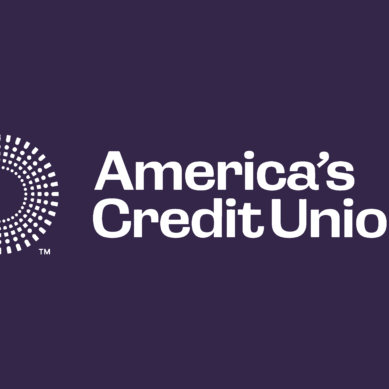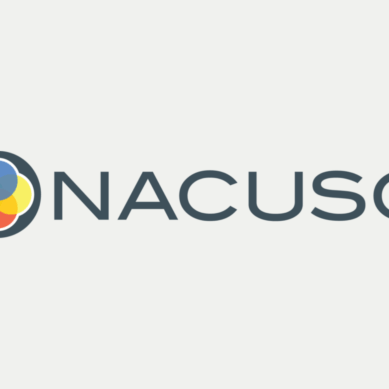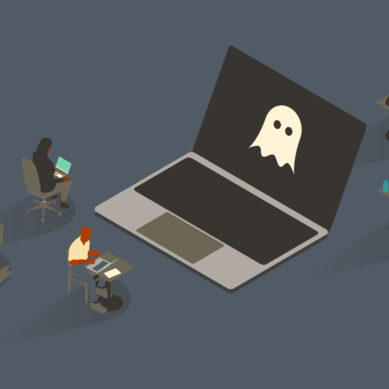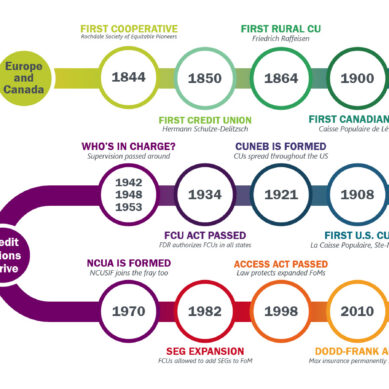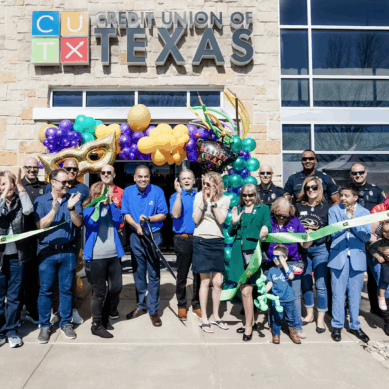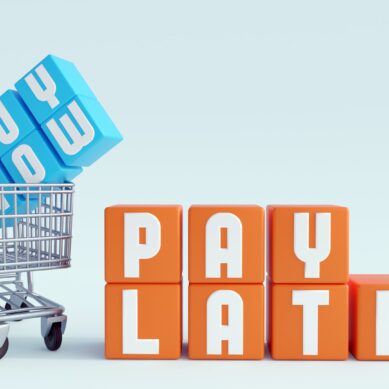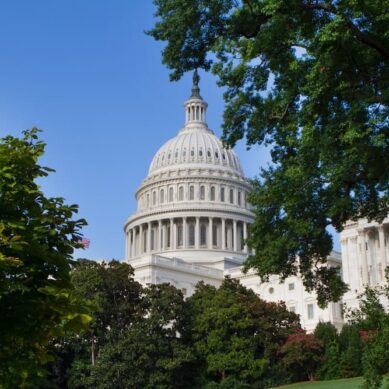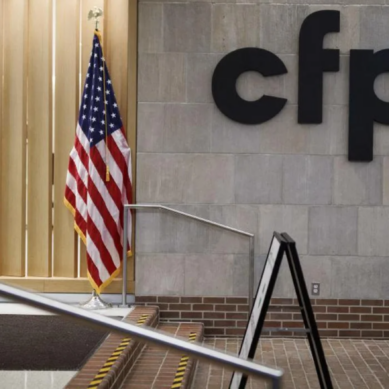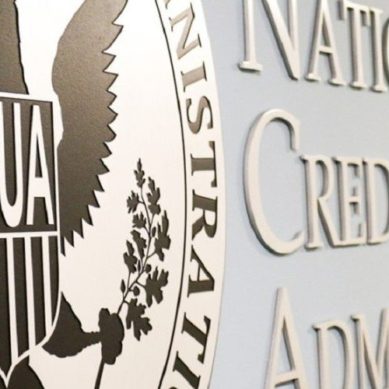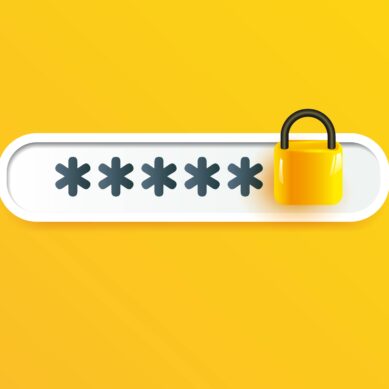While for many (myself included), it felt as though winter would never end, we have come through the other side and made it to April, and hopefully, by now, you all know what that means. Yes, it is officially the start of Financial Literacy Month! For a quarter of a century, thousands of schools, financial institutions, organizations, and individuals have worked together throughout the month to increase financial education and literacy across the country as a means to help everyday Americans achieve better financial situations and economic freedom.
So, today, we kick off this month’s festivities by highlighting the history of the event and why, even 25 years later, it is such a critical resource for many and just as needed as it was at the time of its founding.
The history of Financial Literacy Month
Financial Literacy Month was originally founded by the Jump$tart Coalition back in 2000, though it specifically began as Youth Financial Literacy Day, intended to help increase financial education in schools. The day was then expanded to be a month-long effort, and the focus was widened to include educating not just kids, but the general population on the importance of financial wellbeing. Then, in 2003, the United States Congress requested that President George W. Bush declare April as Financial Literacy Month.
The Resolution written by Congress conveyed the overwhelming gaps in financial education, citing sources that found few adults were planning for retirement; high-school and college students were unaware of how credit worked; many families had a lack of savings; and 52 million people remained unbanked. They urged the President to “issue a proclamation calling on the Federal Government, States, localities, schools, nonprofit organizations, businesses, other entities, and the people of the United States to observe the month with appropriate programs and activities.”
Since its founding, the month has seen thousands work to provide education and resources for financial literacy to those in their communities, as well as offering rewards and contests to incentivize more people to participate. Now celebrating the event for the 25th year, the importance of the month cannot be overstated.
Economic uncertainty has reached new highs
It’s no secret that the current economic climate is less than ideal. Thanks to the avian flu, eggs are once again insanely expensive, inflation continues to rise and increase the price of housing, energy, and food along with it, and interest rates do not seem interested in going down anytime soon. While all of that may be standard for any other given year—nothing too out of the ordinary—Americans face additional financial concerns this year, as the government moves ahead with sweeping reforms.
Thanks to recent changes to student loan repayment plans, some borrowers have seen their monthly payments (already a huge source of financial troubles for many) skyrocket, some reaching up to ten times the previous amount. One man even saw his payment change from $500 per month to $5,000 per month overnight. Given the current state of the Department of Education, currently in the process of being shuttered, borrowers cannot even look to it for answers.
Furthermore, the looming uncertainty of tariffs and the rise in unemployment has led to strong feelings of anxiety and a lack of confidence in the economy. In fact, according to Investopedia, a survey done by the University of Michigan found that “expectations of future inflation rose to their highest since 2022, and expectations for unemployment rose to their highest since the Great Recession.” These negative outlooks have led to a decrease in consumer spending and consumer confidence (its lowest since the pandemic).
The takeaway? Your members and your community are not only struggling to keep up with the current economic environment but are also increasingly nervous about what the future holds for their finances. Given this, it seems obvious that now is the perfect time for credit unions to step in with strong financial literacy resources and the right services to back them up.
Time for credit unions to step in and step up
As we start Financial Literacy Month this year, keep the issues we discussed above in mind. Given these considerations, how can you tailor your education plan this month to meet those needs? Perhaps a seminar on refinancing loans? Or—if you are serious about meeting members where they are—a series of social media videos (AKA reels) that could go out on Instagram and TikTok discussing these issues and offering suggestions on how to tackle them, along with how your credit union can be of service.
Because the reality is, given everything going on, your members do not need a social media graphic telling them to save an extra $10 this month by cutting back on Starbucks and Netflix. What they need are real, actionable tips and products. As Jamie Strayer discussed in our interview last Financial Literacy Month, 42% of people are living on survival budgets. They do not need you to tell them to cut the avocado toast; they need to know what they can do about their high interest rates or how they can start investing.
I’m not saying to throw your current playbook out the window. Chances are, there are members who need to know the basics of building a budget or how to check their credit score. But financial education should be paired with financial action and financial services. How are you stepping up to meet the needs of a member who, once they make that budget, realizes they don’t have room in the budget for their new, higher student loan payment?
Remember, it’s not just about teaching them the difference between a need and a want but helping them become more literate in their own finances to achieve financial wellness and confidence, and about the role your credit union plays in helping them do so.
So this Financial Literacy Month, I will encourage all of you to take it a step further. Don’t walk away from this month with only a handful of generic social media posts encouraging members to cut back on subscriptions in order to make it by. That will only go to show members you are out of touch and lack a real understanding as to why many are struggling in this economic environment. Instead, invest the time and resources to generate meaningful education for your members that gets to the heart of these issues.
Don’t wait to plan
If this all seems overwhelming to you, not to worry! You still have a whole month (whole year, really, as it’s never a bad time to support financial literacy and financial wellness) to get something started. Your members don’t need extravagant and flashy content this month, they need to know about your financial counseling appointments, your educational resources, and your seminars, so do not wait to get the word out!
As is tradition, we at CUSO Magazine will be reporting on the topic all month long, sharing ways for credit unions to meet the needs of their members and understand the concerns facing them as of late, as well as how credit unions can become more financially literate themselves. We will delve into the student loan issue and where credit unions can get involved, creating financial literacy content in accessible and digestible ways for current generations, and we will tackle topics credit unions should be up to date on, such as crypto, so don’t miss out!


